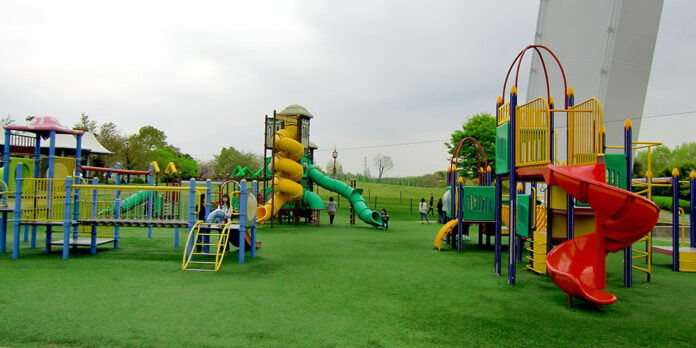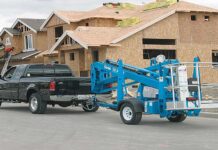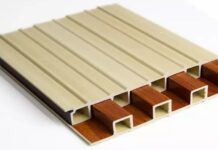Artificial grass has indeed advanced significantly. Given its clear-cut advantages, many individuals have begun applying it to their lawns.
The versatility of synthetic grass is one of its main benefits. Although it’s ideal for lawns and gardens, artificial grass also has many other uses. You can put it on balconies, walkways, play areas, stairwells, caravans, patios, and other places.
The options are truly limitless!
Despite this, some individuals are still apprehensive about making the switch. The discussion as to which is better real or synthetic grass continues. The largest query may be whether it’s safe for the environment. Is it a sustainable choice?
Continue reading to learn more and decide whether or not you believe it to be environmentally friendly.
Water Usage
Real grass needs water. Particularly during the growing and summer seasons. Synthetic grass doesn’t. Perhaps, but it’s rare. To get rid of dirt, dust, or pet waste, you need to hose down your artificial grass every so often.
Artificial grass saves resources, which are vital to everyone. Some say synthetic grass needs water in the heat. It’s plastic and can get heated in the sun.
In summer, natural grass stays cool. A new type of synthetic grass could be produced to solve this problem.
Not Recyclable
Artificial grass isn’t recyclable, according to its critics. Synthetic grass lasts 25 years and may end up in landfills, causing more garbage.
Not all artificial grasses are equal. Some use recyclable materials. The backing/tuft bound is the only part that is not recyclable. However, it can be melted down to make new items.
Reduces Carbon Emission
Maintaining real grass requires equipment. Petrol and diesel fuel lawnmowers, strimmers, scarifiers, etc. Using fossil fuels releases greenhouse gases.
Greenhouse gases harm the environment. Artificial grass helps. It’s lush and green from day one, so no trimming is needed. You don’t need fuel-powered devices. As a result, the carbon footprint is reduced.

Non-Toxic Artificial Grass
Synthetic turf is also non-toxic. It doesn’t need fertilizers, weedkillers, herbicides, or pesticides. Real grass requires them for pest and disease protection.
These substances affect humans and animals (especially if you have pets). They can also harm the ecosystem in ways you never imagined. There’s a risk when harsh chemicals get into ponds, rivers, and streams.
Soil regeneration
Topsoil takes thousands of years to form, yet it’s quickly lost to wind or water erosion. Grass helps prevent this. Real grass sends out tiny rootlets that grow and die in soil fissures, bringing organic matter with them.
Before installing synthetic grass, the earth must be compacted and leveled. This method destroys soil microorganisms. It can damage tree roots.
Conclusion
As you can see, the eco-friendliness of artificial grass has both advantages and disadvantages. The same holds true for nature grass. Artificial grass may eventually become completely safe and environmentally friendly as producers continue to refine the process of making it.







